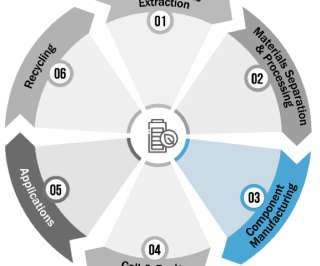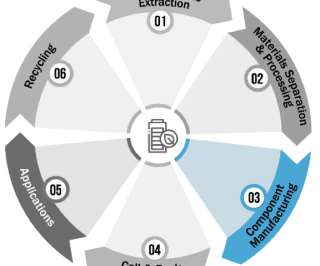Univ. of Texas researchers propose lithium- or sodium-water batteries as next generation of high-capacity battery technology; applicable for EVs and grid storage
Green Car Congress
APRIL 1, 2011
John Goodenough, are proposing a strategy for high-capacity next-generation alkali (lithium or sodium)-ion batteries using water-soluble redox couples as the cathode. The high energy storage has stimulated a worldwide study of Li-air batteries. A typical Li-air battery discharges at 2.5-2.7 V vs. Li/Li + at room temperature.



















Let's personalize your content